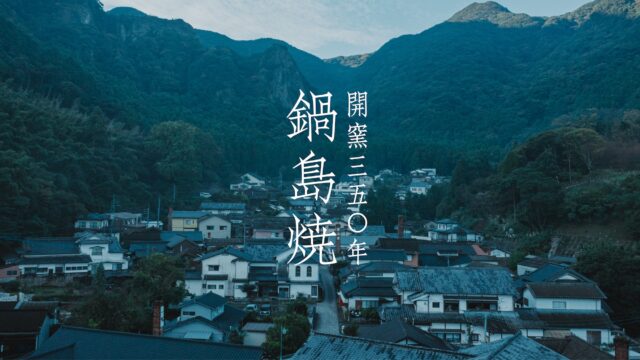Shitsurindo and ZOZO NEXT Launched Collaborative Research on New Lacquer Techniques
KOGEI Topics VOL.19
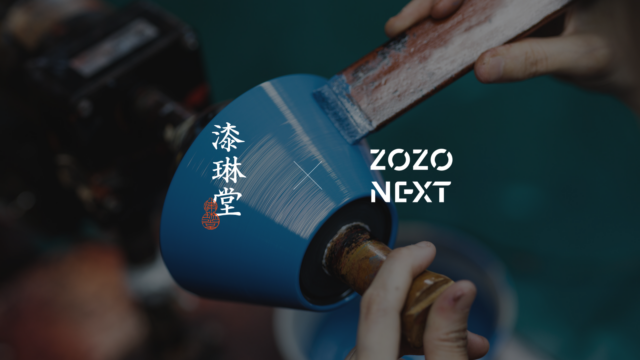

VOL.1-19
Update
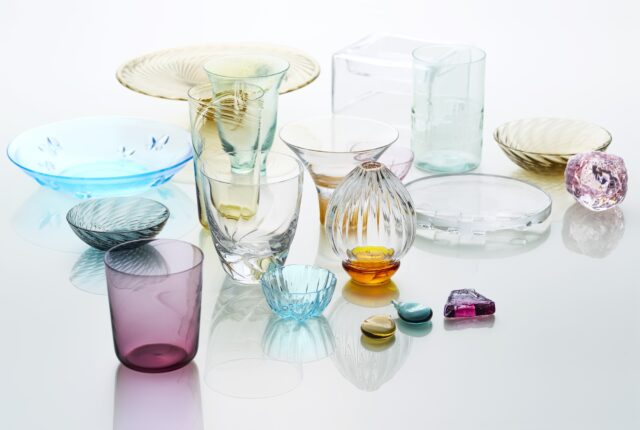
VOL.1-17
Update
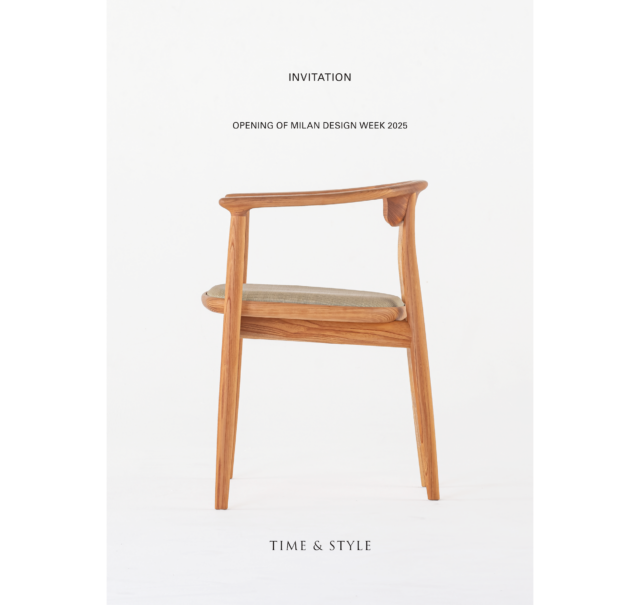
VOL.1-43
Update
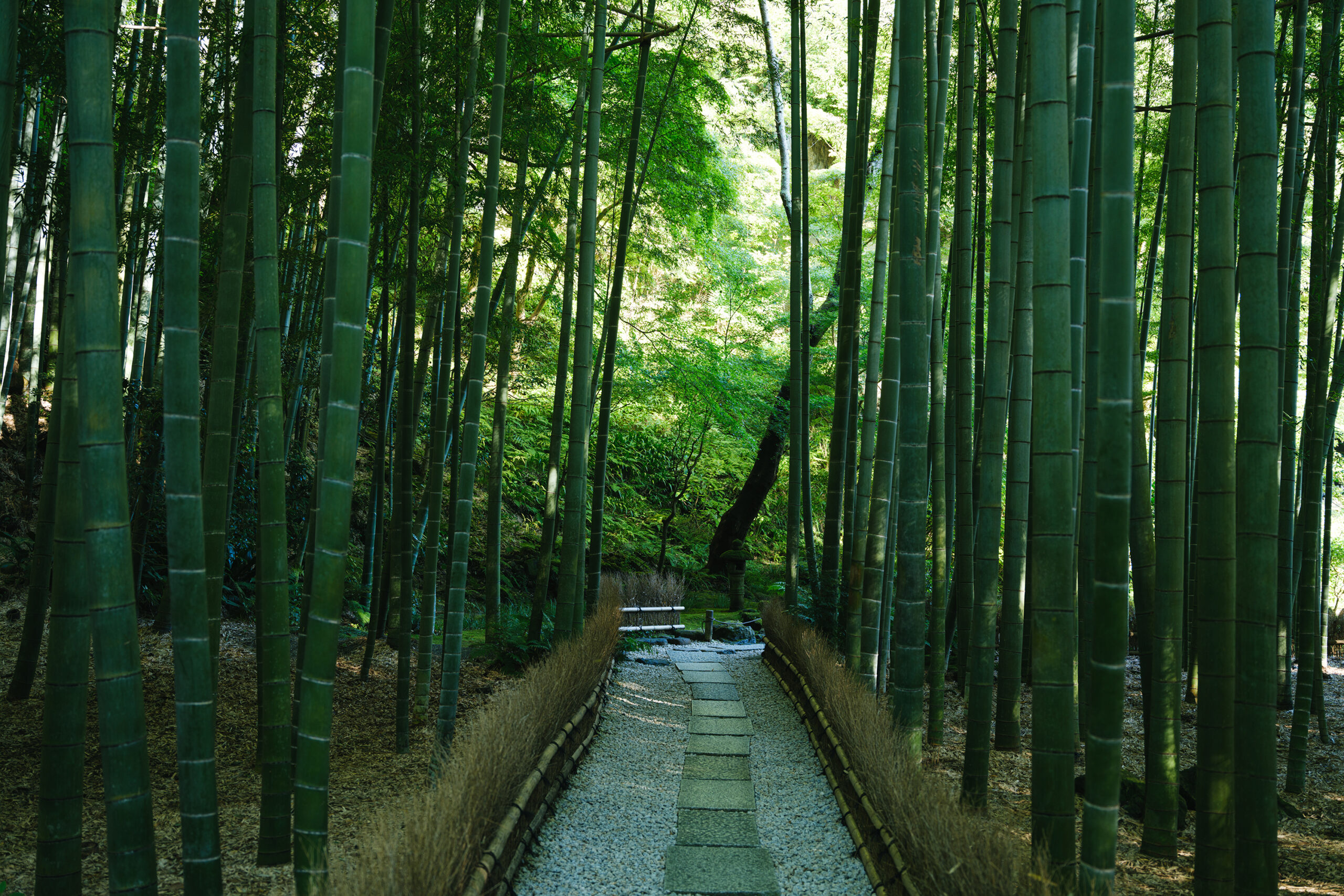
VOL.1-2
Update
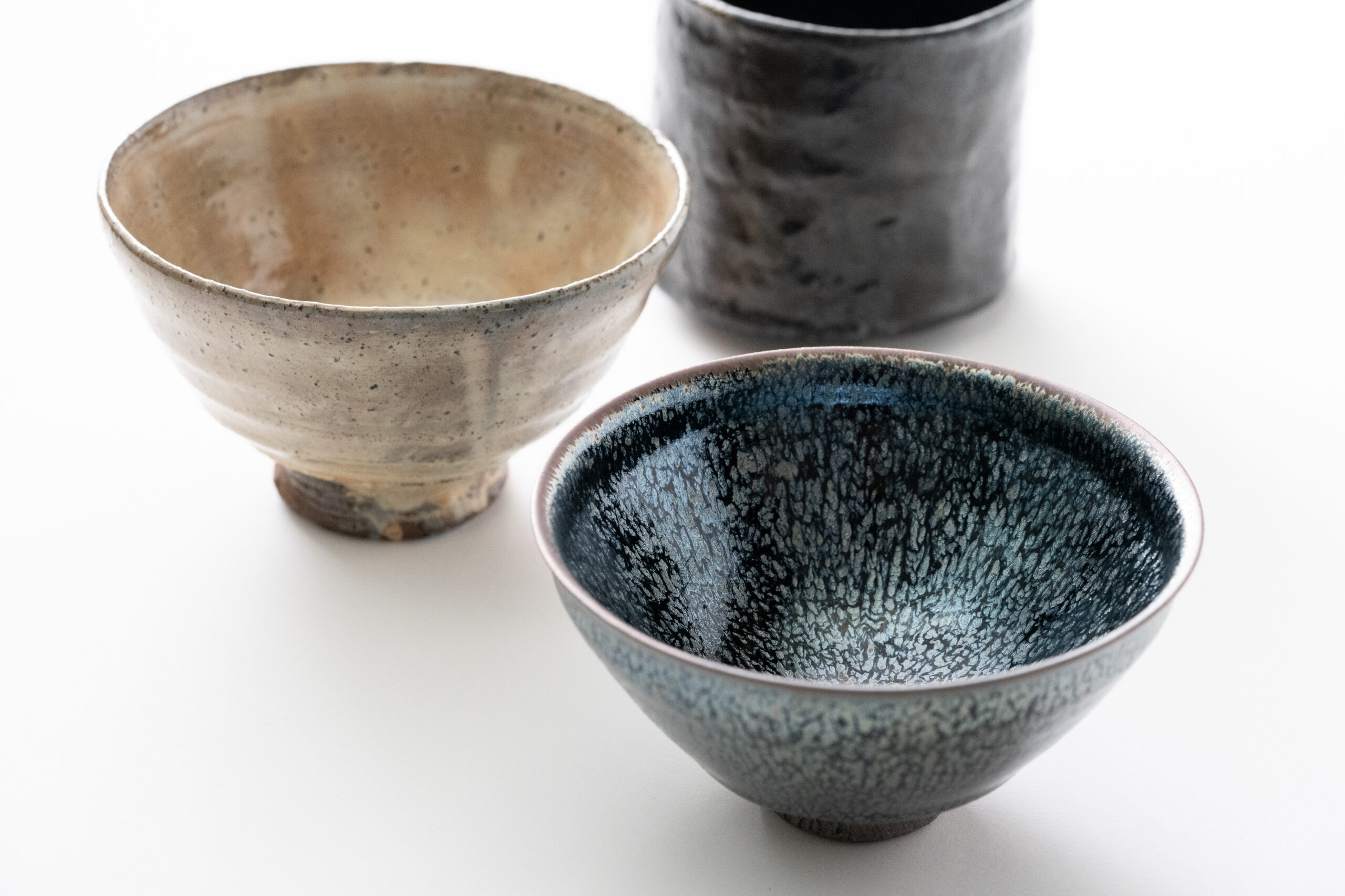
VOL.1-3
Update

VOL.1
Update
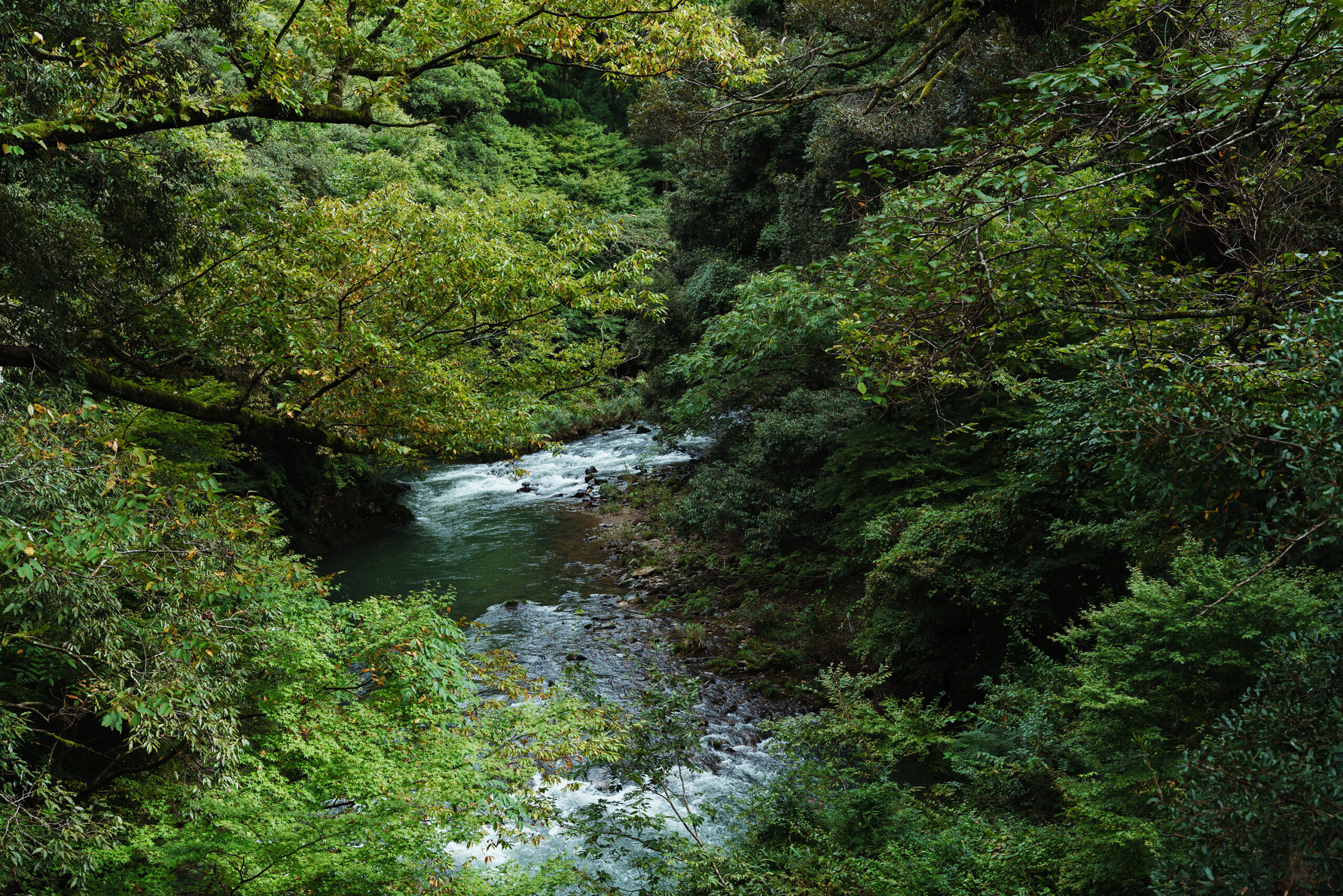
VOL.1-7
Update
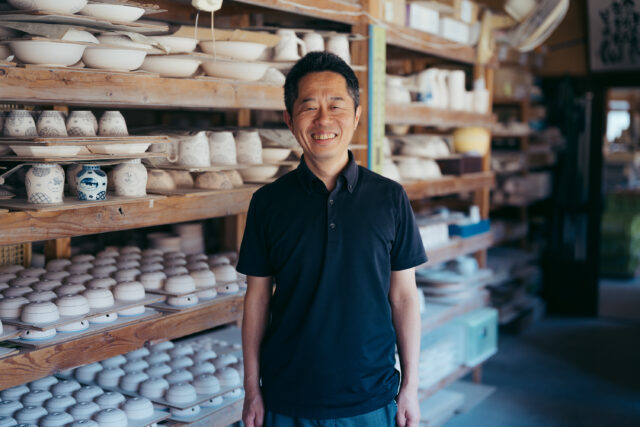
VOL.1-32
Update
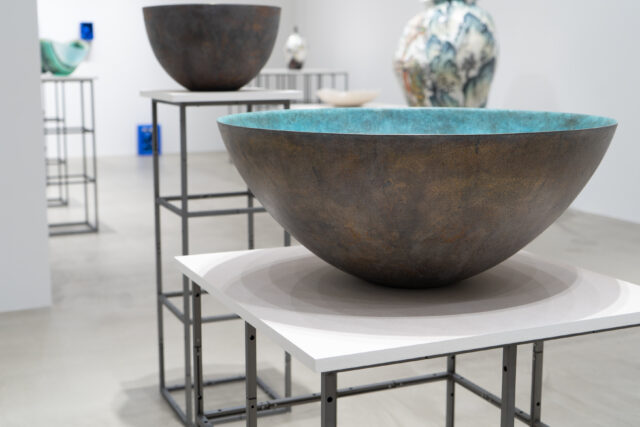
VOL.1-26
Update
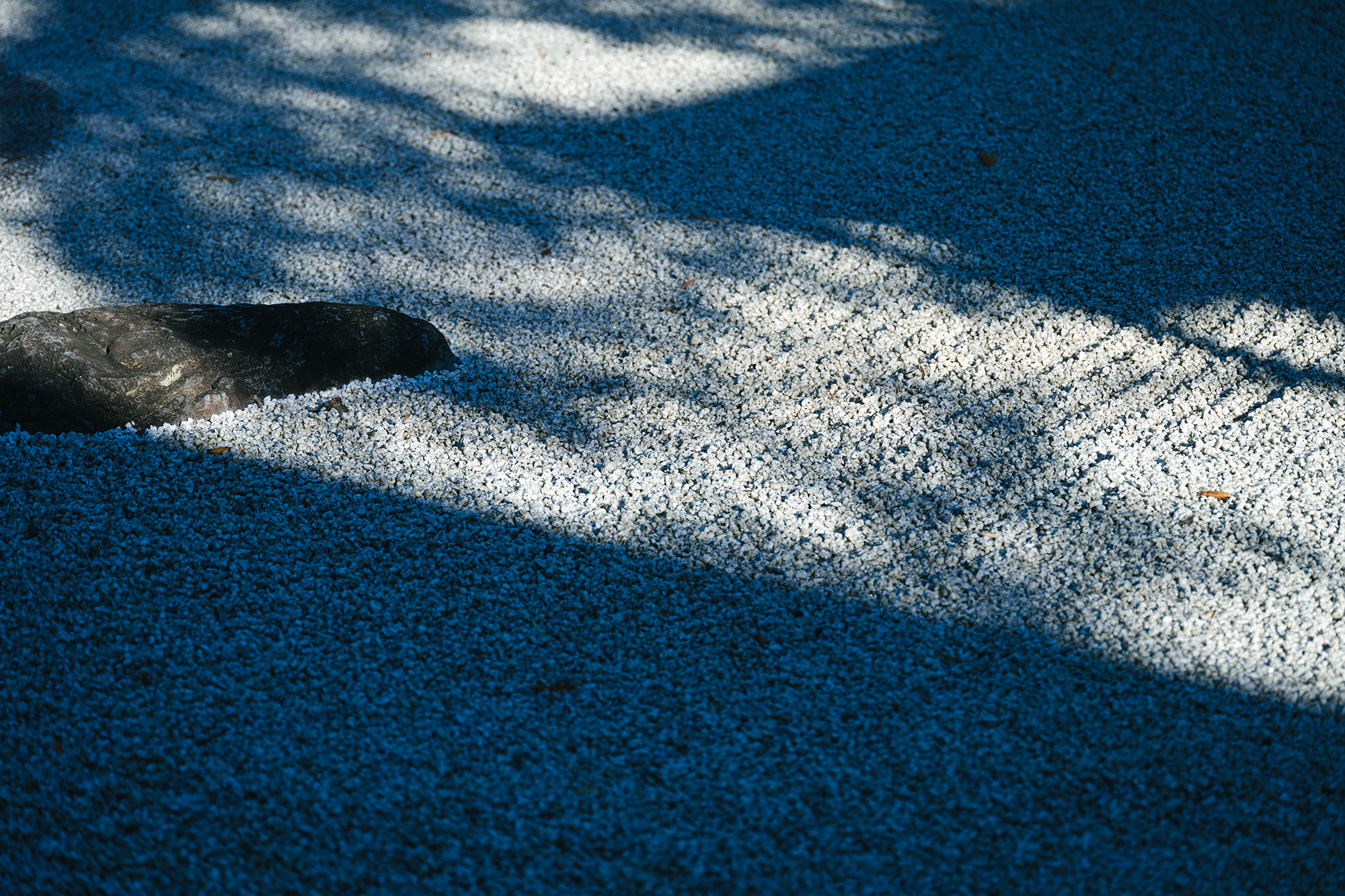
VOL.1-12
Update
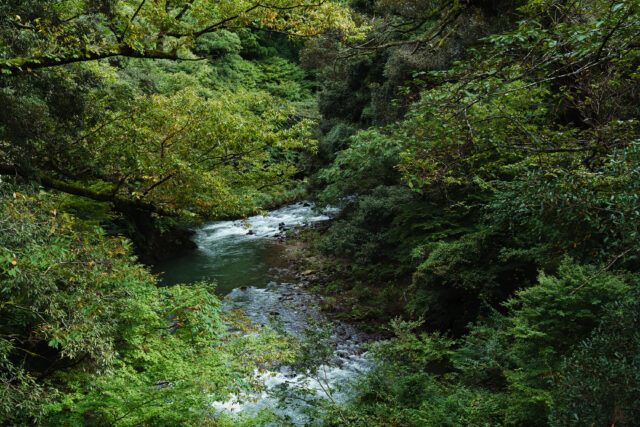
VOL.1-3
Update
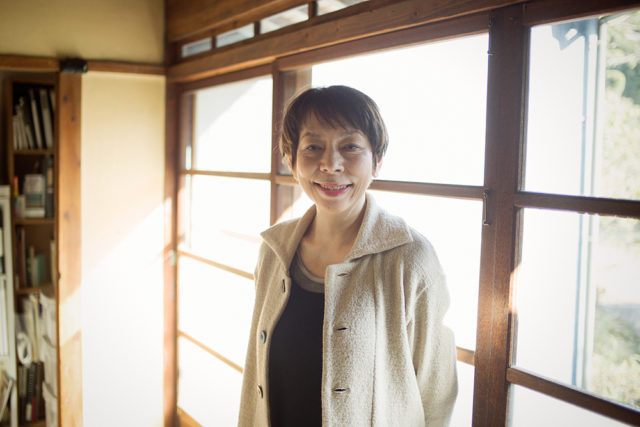
VOL.1
Update
We share a variety of information and perspectives on Japanese crafts, including exhibition information and interviews.
KOGEI Topics VOL.19
New Products VOL.17
Featured Exhibitions & Events VOL.43
KOGEI Topics VOL.18
Apr 5 – Jun 22, 2025
SEIKADO BUNKO ART MUSEUM
Apr 8 – May 6, 2025
The Gotoh Museum
Apr 11 – Jun 15, 2025
Kyoto City KYOCERA Museum of Art
Apr 12 – Jun 29, 2025
TOGURI MUSEUM OF ART
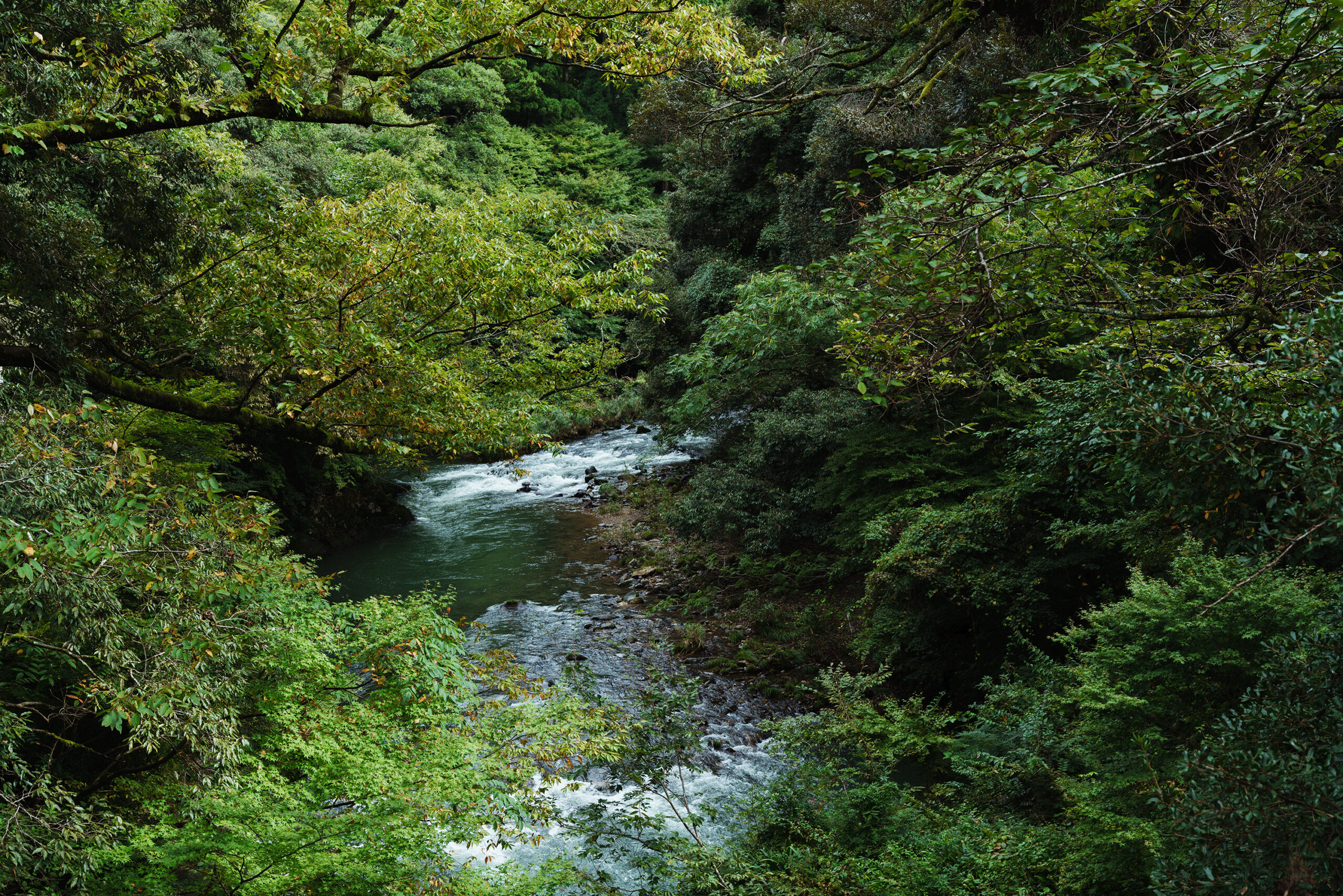
This environment blessed with nature has nurtured delicate handicraft techniques. Ishikawa Prefecture, where Yamanaka is located, is famous for its wide variety of crafts, as reflected in sayings such as “Wajima of lacquering,” “Yamanaka of woodworking,” and “Kanazawa of maki-e (lacquer decoration)”, referring to distinctive techniques which have been handed down from generation to generation in each region. Yamanaka is currently the largest producer of hikimono-kiji (wooden bases for lacquerware) in Japan.
The woods used in Yamanaka are mainly zelkova, Japanese cherry birch, and Japanese horse chestnut. The “fuki-urushi” finish, in which lacquer is applied and wiped off repeatedly to highlight the beauty of the grain of the wood, is also an essential technique for Yamanaka lacquerware. It is no exaggeration to say that kijibiki, and fuki-urushi are the core elements of Yamanaka lacquerware, enhancing the beauty of the materials and revealing the essence of its craftsmanship.
Since a group of woodturners from Echizen settled in Yamanaka during the Azuchi-Momoyama period (1573-1603) and began producing hinomono wood base in this area, that technique has developed and reached maturity. Heibei Minoya, a master craftsman of the Edo period (1603 – 1868) said to be the creator of the sujimono-biki woodturning technique, specialized in “sensuji-biki,” a method of carving countless lines evenly. Ryotaro Tsuiki, who was active in the early Meiji period (1868 – 1912), invented new methods of stripe-carving, including ke-suji, uroko-me, and inaho-me, and is said to have laid the foundation for the number of varieties of decorative carving that exist today. Ryotaro was also the creator of the fuki-urushi technique. Since then, many woodturners have emerged from Yamanaka, including Ryozo Kawagita, the first woodturner to be recognized as a Living National Treasure, and many have gone on to achieve remarkable accomplishments.
Reference
